Japanese loungewear brand designs new range of medical worker uniforms

Scrubs, lab coats and nurse’s uniforms designed with comfort in mind.
Ever since the pandemic hit, loungewear has become the fashion trend of the season, with more and more people around the world now working from home and looking to stay comfortable while they do it.
Not everyone can stay at home, though, and for key workers on the frontlines, this past year has been wrought with stressful moments and long workdays. However, Japanese loungewear brand Gelato Pique is attempting to make those workdays a little less stressful by bringing its fashion and comfort expertise to the medical world with new uniforms, created in conjunction with white coat maker Classico.
This is actually the fourth collaboration between the two companies, with past collections selling out due to popular demand. This year’s range looks to be popular as well, so let’s take a look at the new items set to put smiles on the faces of medical workers.
The Curved series (priced at 11,490 yen [US$109.95] to 35,490 yen) includes tops, dresses, and tailored coats, with cuffs and pockets decorated with “a cupcake-inspired curve”.



The Four Lines series (11,490 yen to 35,490 yen) also covers tops, dresses, and tailored coats, with a focus on fine lines to add “elegance and casual cuteness”. This range is set to go on sale in August.



▼ The Line Zip Up (11,490 yen) features two lines on the cuffs and pockets.

▼ The Print top (9,990 yen) comes with an original animal pattern by Gelato Pique.

The Nylon Smoothie cardigan (5,990 yen), popular for its gentle texture, comes in two types: “line” and “long“. This style of cardigan is available as part of Gelato Pique’s regular loungewear range, but this one, made exclusively for nurses, has a lighter design.


And due to requests from a large number of nurses, this year’s range includes a Soft Pen Case (2,890 yen), which slots snugly into the pocket and has small partitions for storing small items like pens and disinfectants.

All items in the range, set to go on sale from 3-4 March unless otherwise mentioned, have been specially designed with respect for the work of medical professionals. While it’s easy to overlook the effect clothes and uniforms can have on a worker’s state of mind, the popularity of this collaboration reminds us that if you’re able to lift the spirits of key workers, they’ll be able to lift the spirits of those they care for too.
That’s a goal worth caring about, so here’s hoping more fashion brands around the world are able to find ways to brighten the world of medical workers, not just during the pandemic, but well into the future as well.
Related: Classico
Images: @Press
● Want to hear about SoraNews24’s latest articles as soon as they’re published? Follow us on Facebook and Twitter!
Credit:

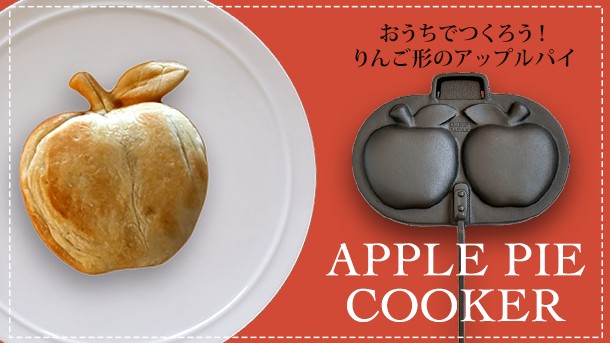
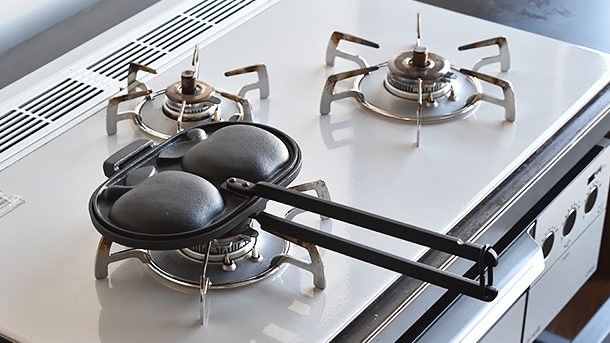
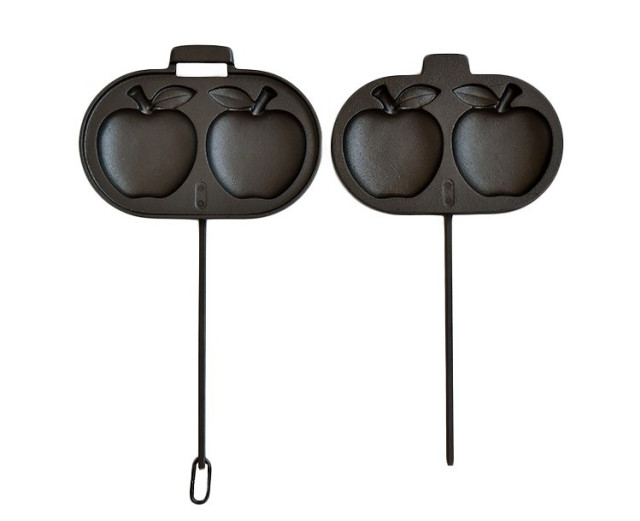
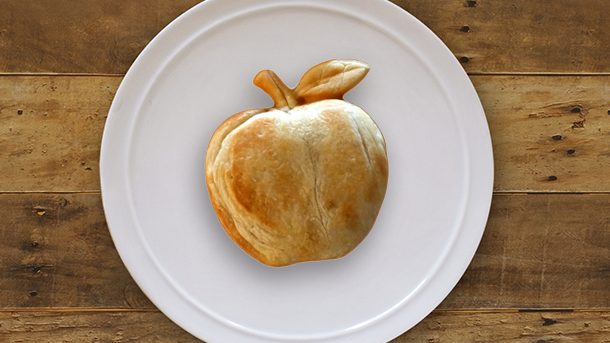

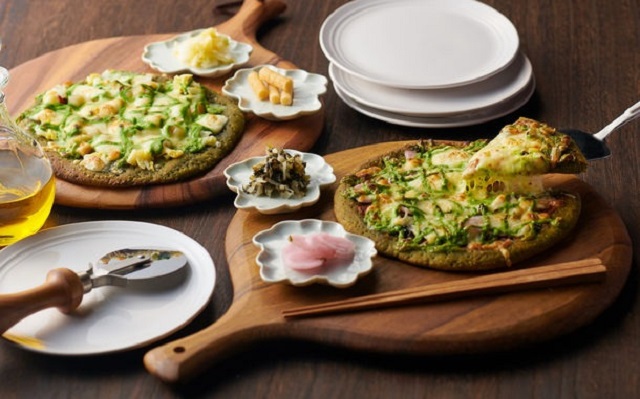
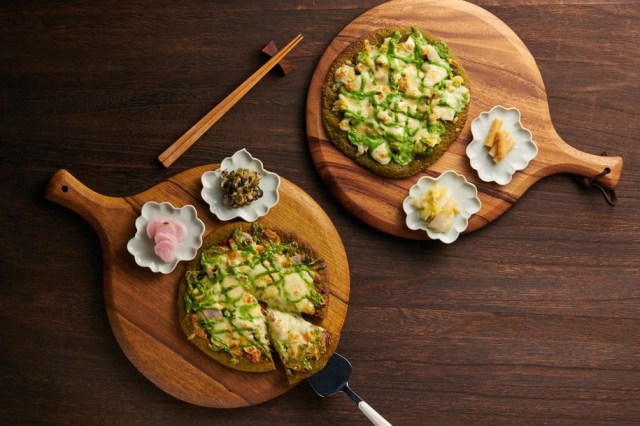



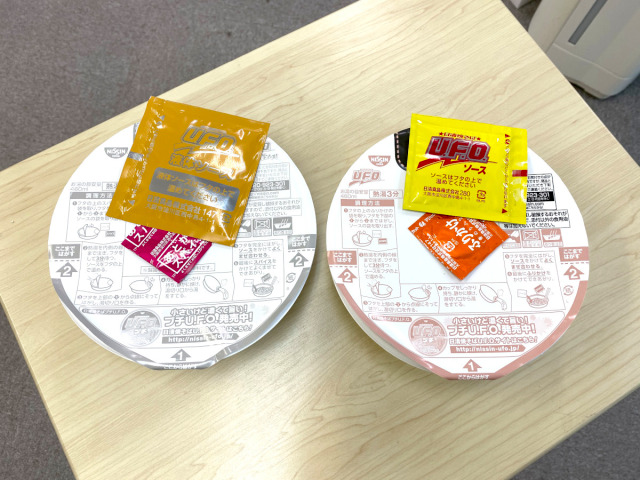
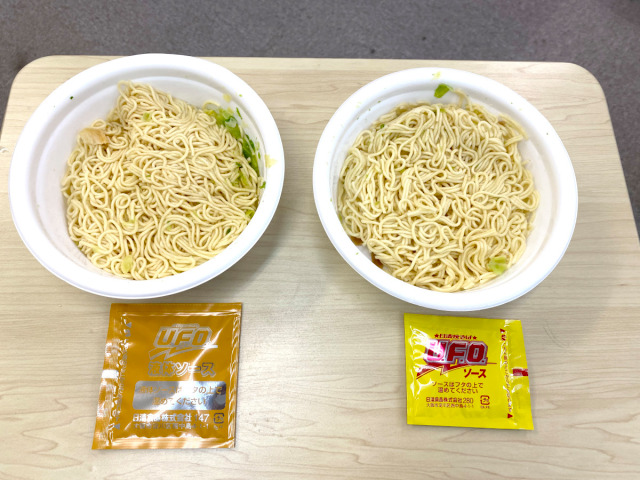
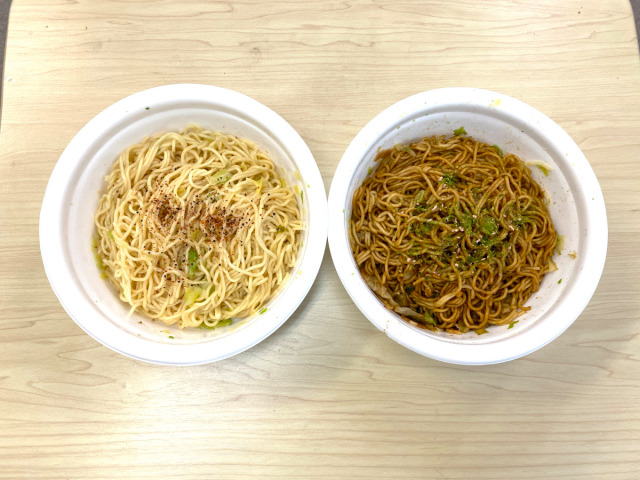
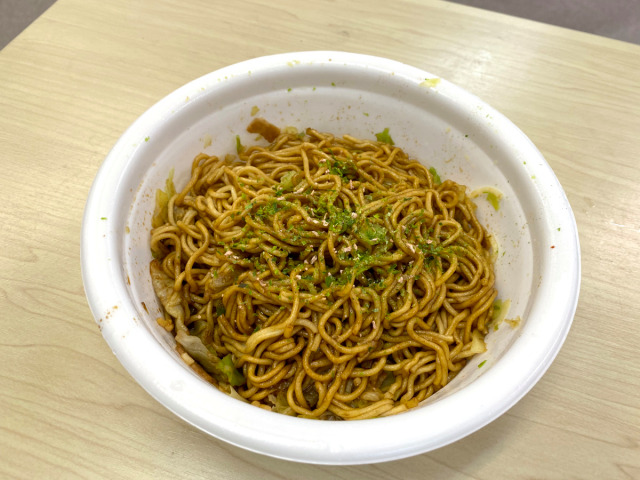
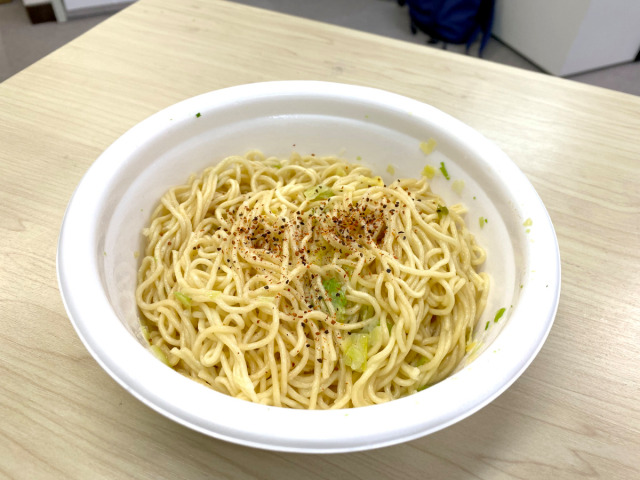
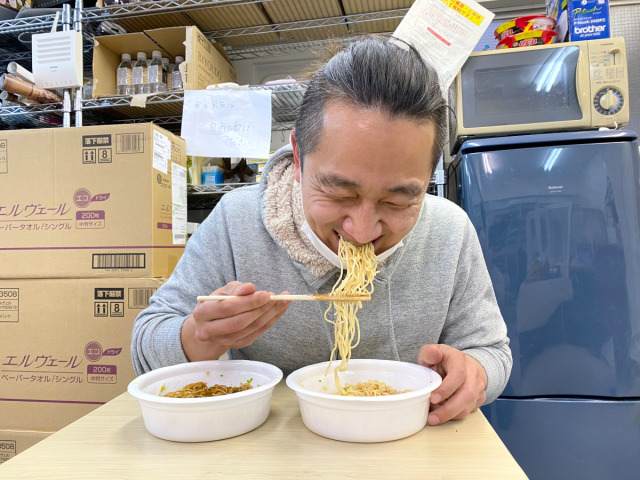

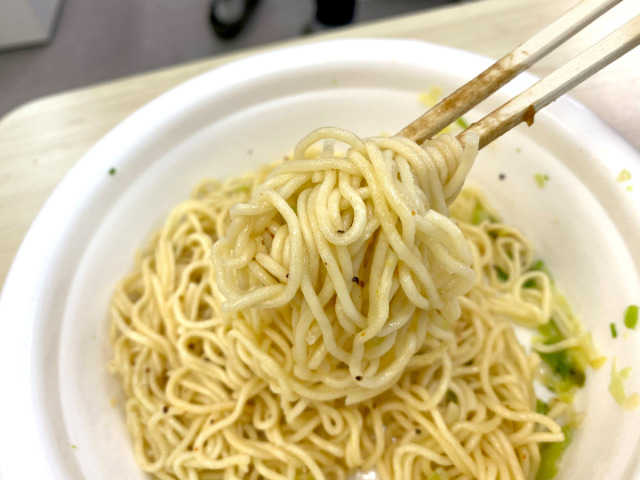





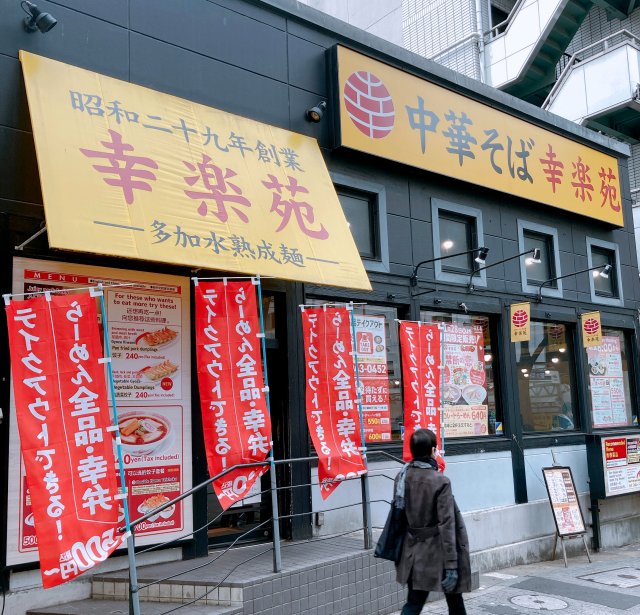
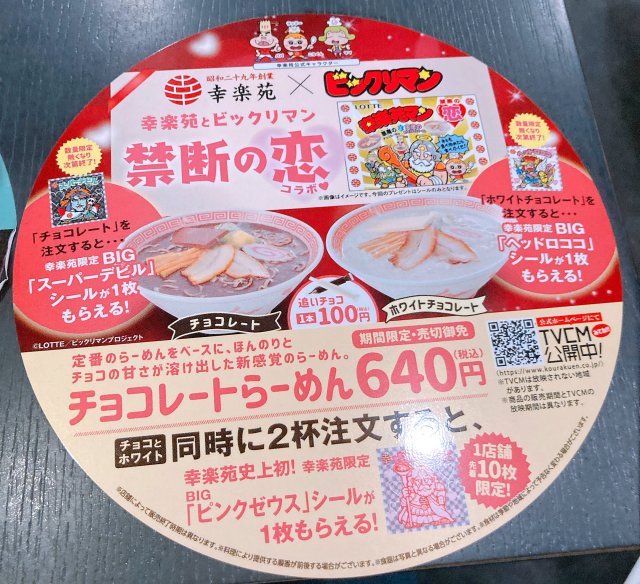
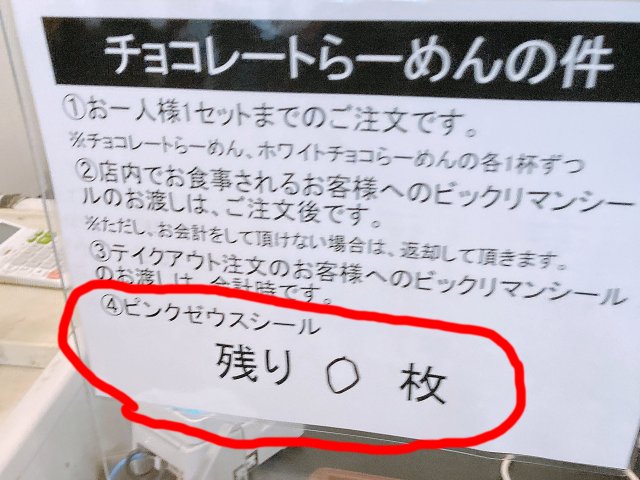
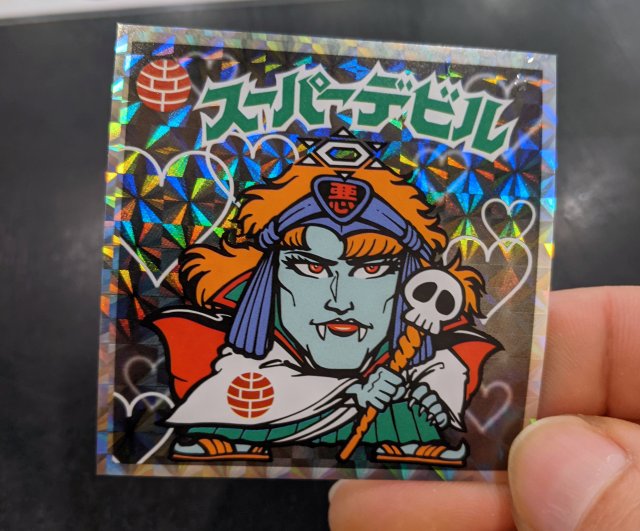
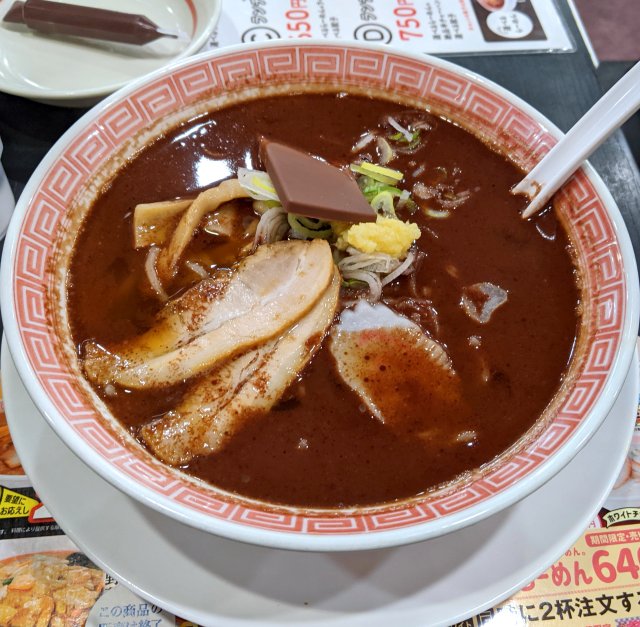
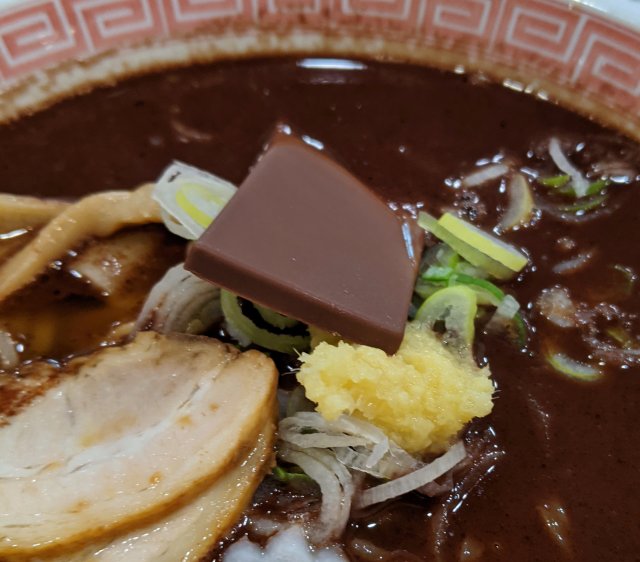
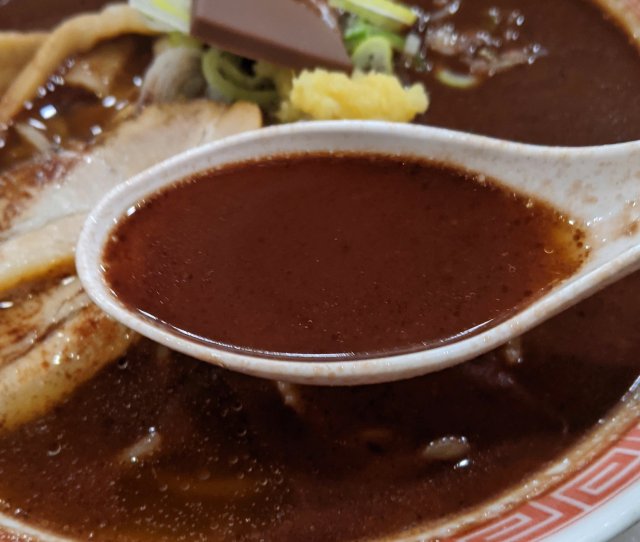
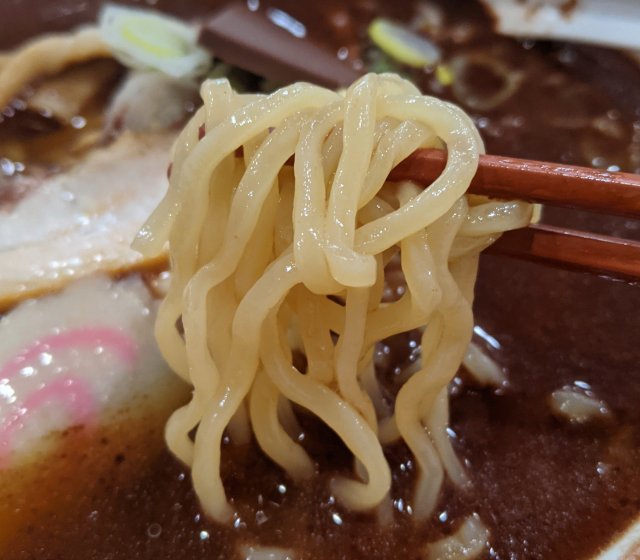
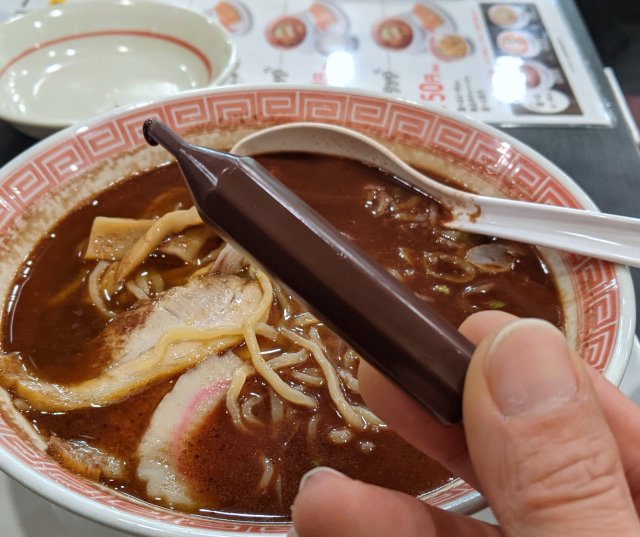
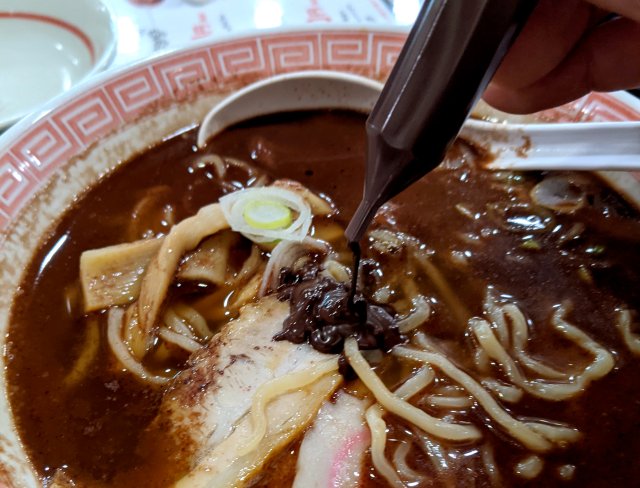
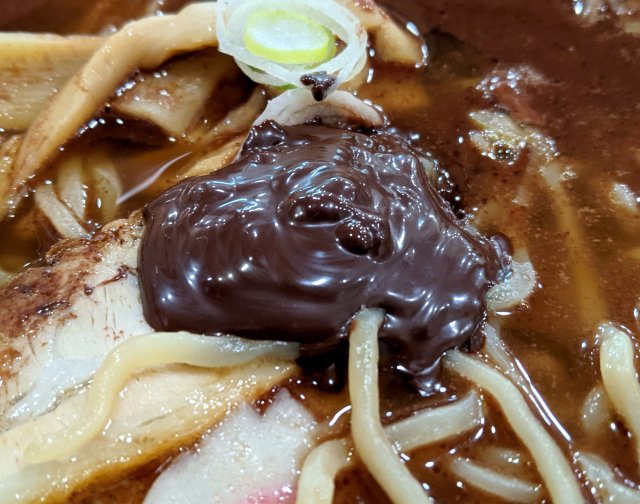
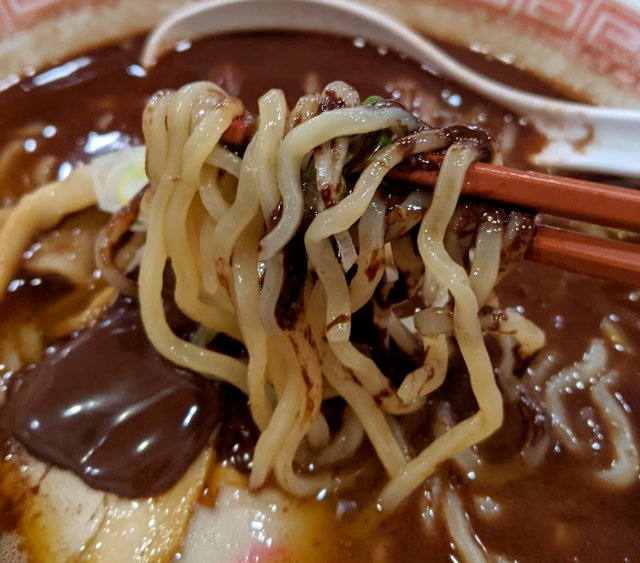
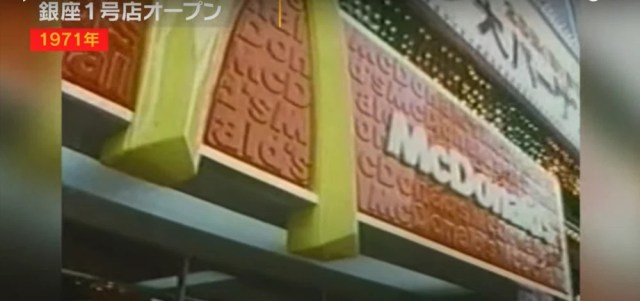
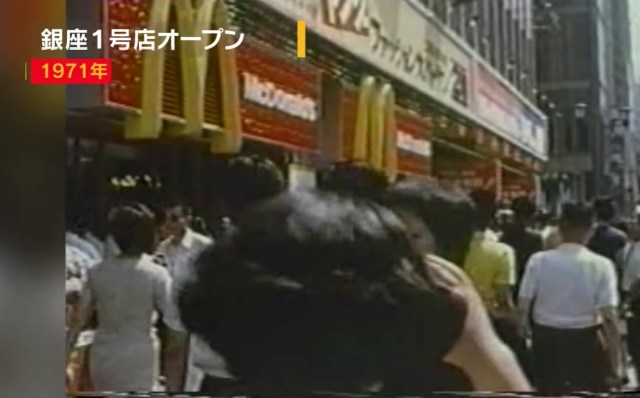
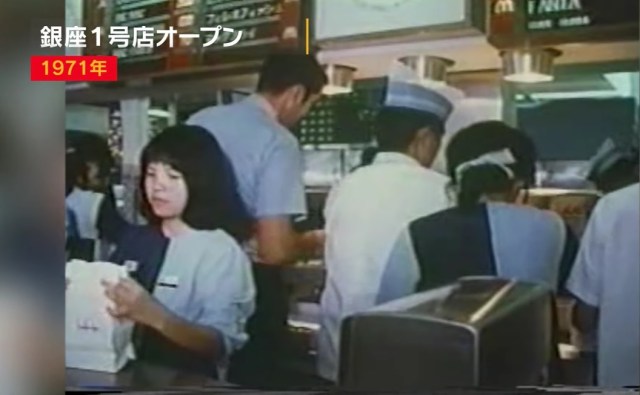
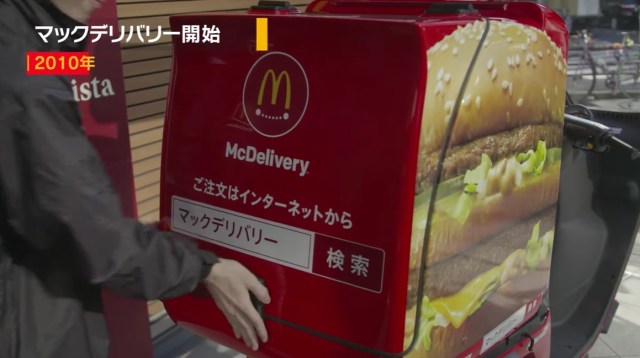


0 comments:
Post a Comment